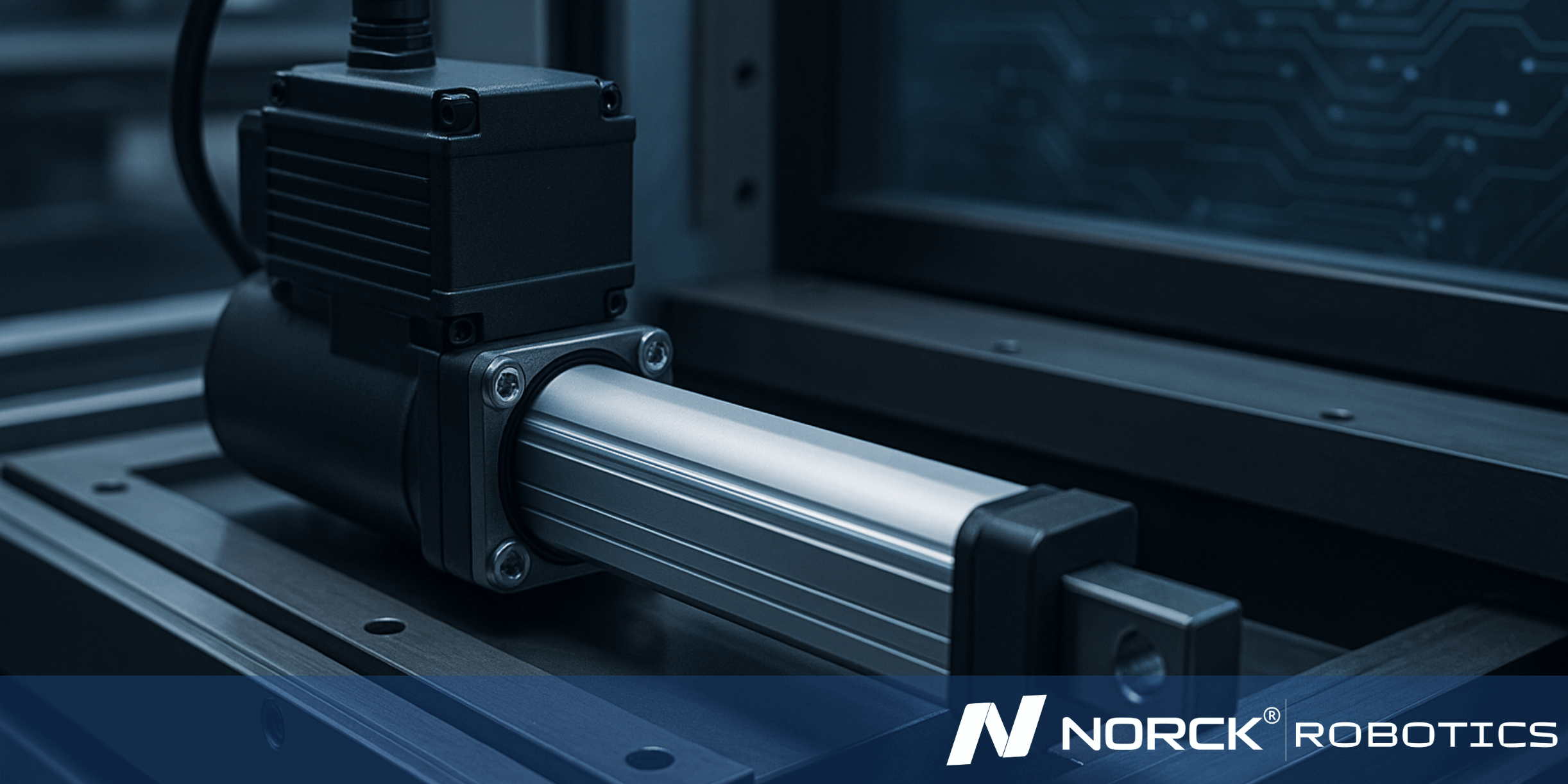
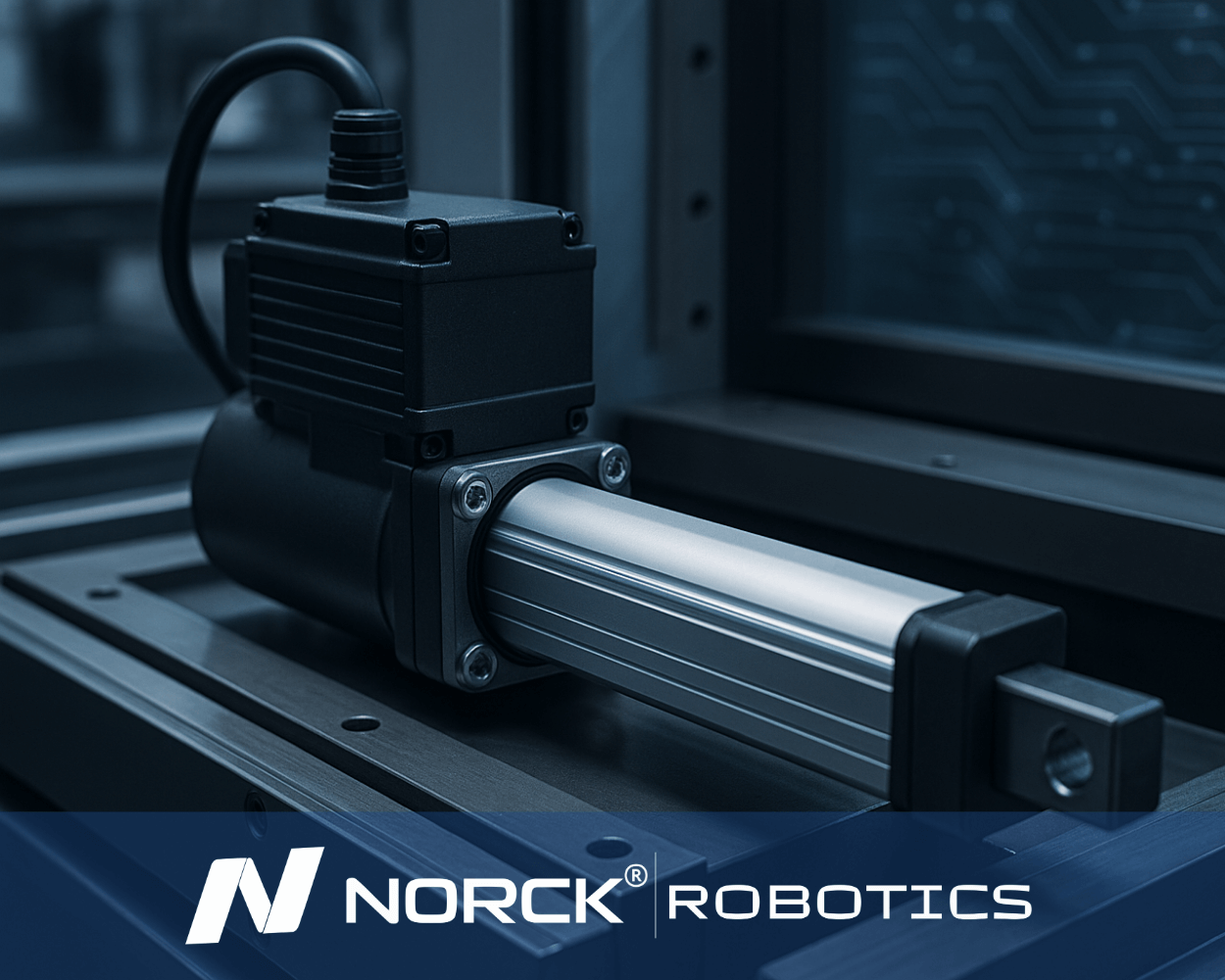
A linear actuator converts a power source—electricity, pressurised fluid, or compressed air—into straight-line motion. Instead of spinning a shaft, it pushes or pulls along one axis, which lets robots lift, clamp, position, or press with repeatable accuracy.
Ready to automate your future? Get a quote from Norck Robotics now!
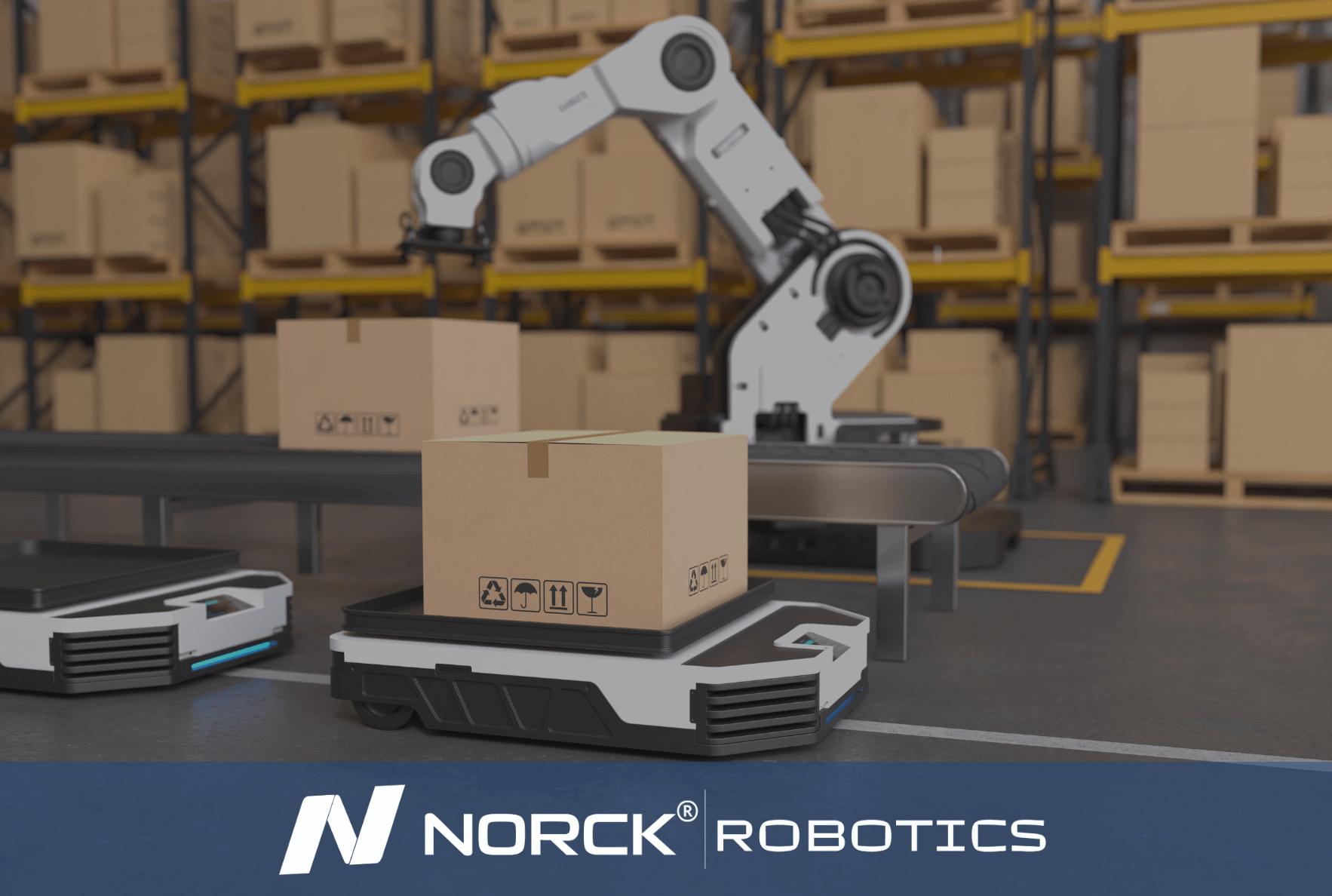
Norck Robotics specializes in providing unique robotic automation and engineering solutions designed to meet the specific operational needs of each client. Our expertise covers a wide range of industries and applications.
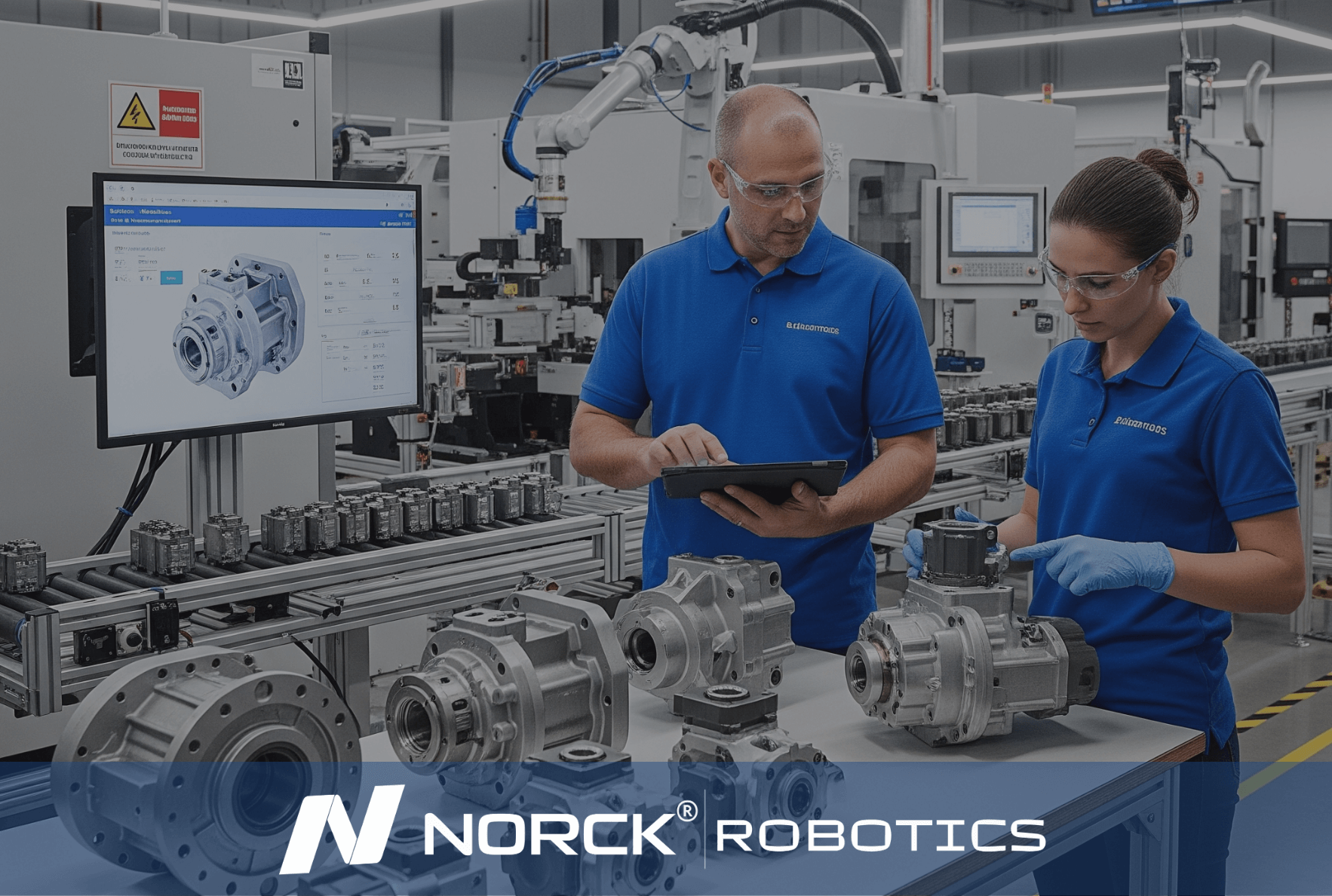
Norck Robotics delivers turnkey robotic automation and engineering solutions tailored to your specific needs across various industries.

Whether you need a single robotic cell prototype or full-scale factory automation, Norck Robotics engineers are ready to collaborate with you to bring your concept to life.
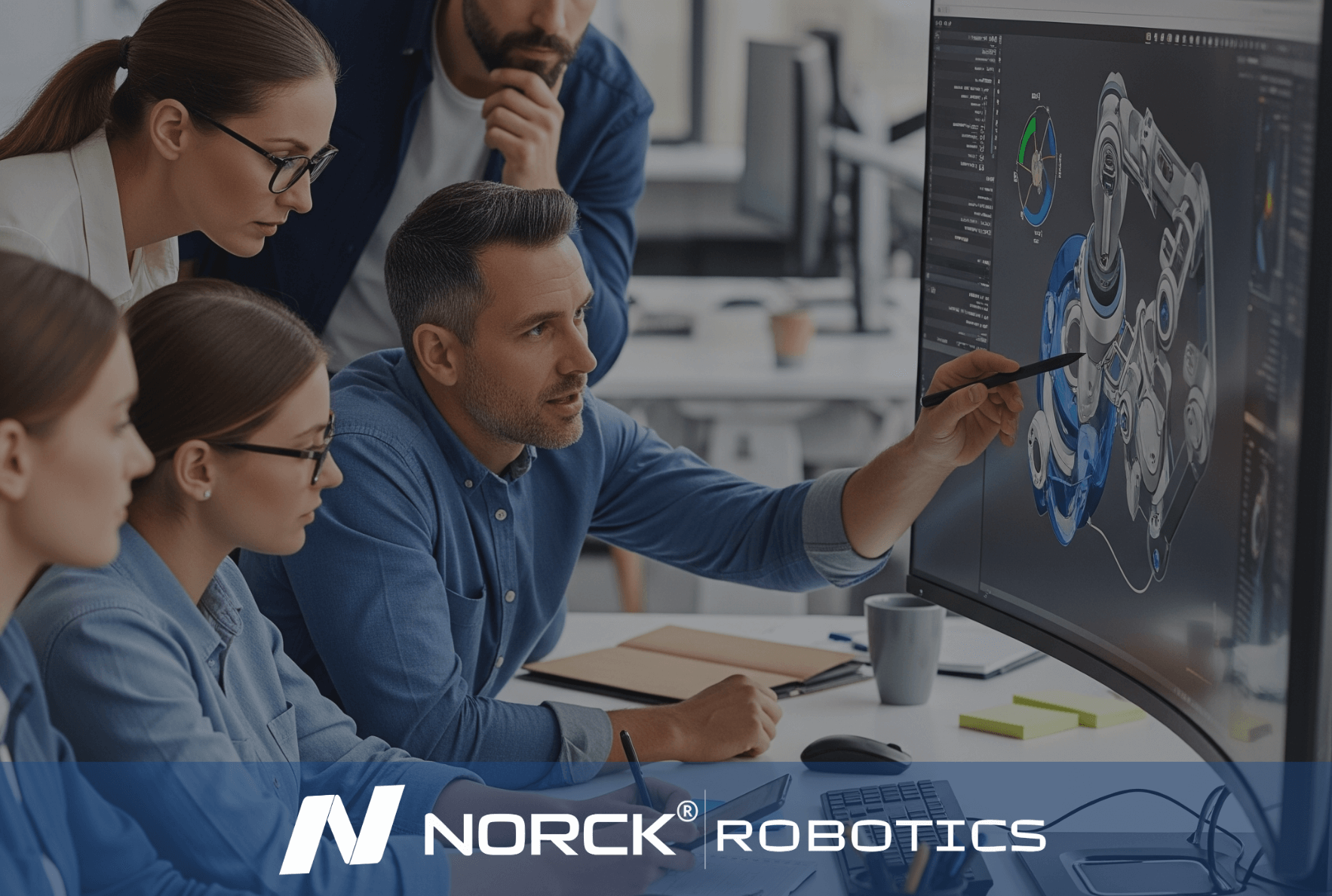
Norck Robotics engineers analyze your existing processes to provide feedback that enhances efficiency, cost-effectiveness, and productivity for robotic integration.

Direct translation (no rotary-to-linkage losses) gives tight positioning tolerances.
Compact, sealed housings fit inside arms, grippers and medical devices.
Digital or analogue feedback (encoders, Hall sensors) enables closed-loop control for < ±0.05 mm repeatability in many models.
Most electric units pair a motor with a power-screw:
Cost-effective, moderate friction, good for 40–60 % duty cycles.
faster strokes over long travel, lower stiffness.
Recirculating balls reduce friction → higher efficiency, longer life.
No screw at all; direct electromagnetic thrust for ultra-smooth micron-scale moves.
A nut travels along the screw (or the carriage along the rail), turning rotary torque into linear thrust. Integrated limit switches or magnetic sensors stop travel at stroke ends.

In addition to its own expert engineering team, Norck Robotics provides access to a network of hundreds of top-tier system integrators, robot manufacturers, and component suppliers across the United States, Germany, and Europe.

Working with Norck Robotics reduces dependency on manual labor, increases production consistency, and secures your operations against unforeseen disruptions, quality issues, and fluctuations. This enhances your company's supply chain resilience.
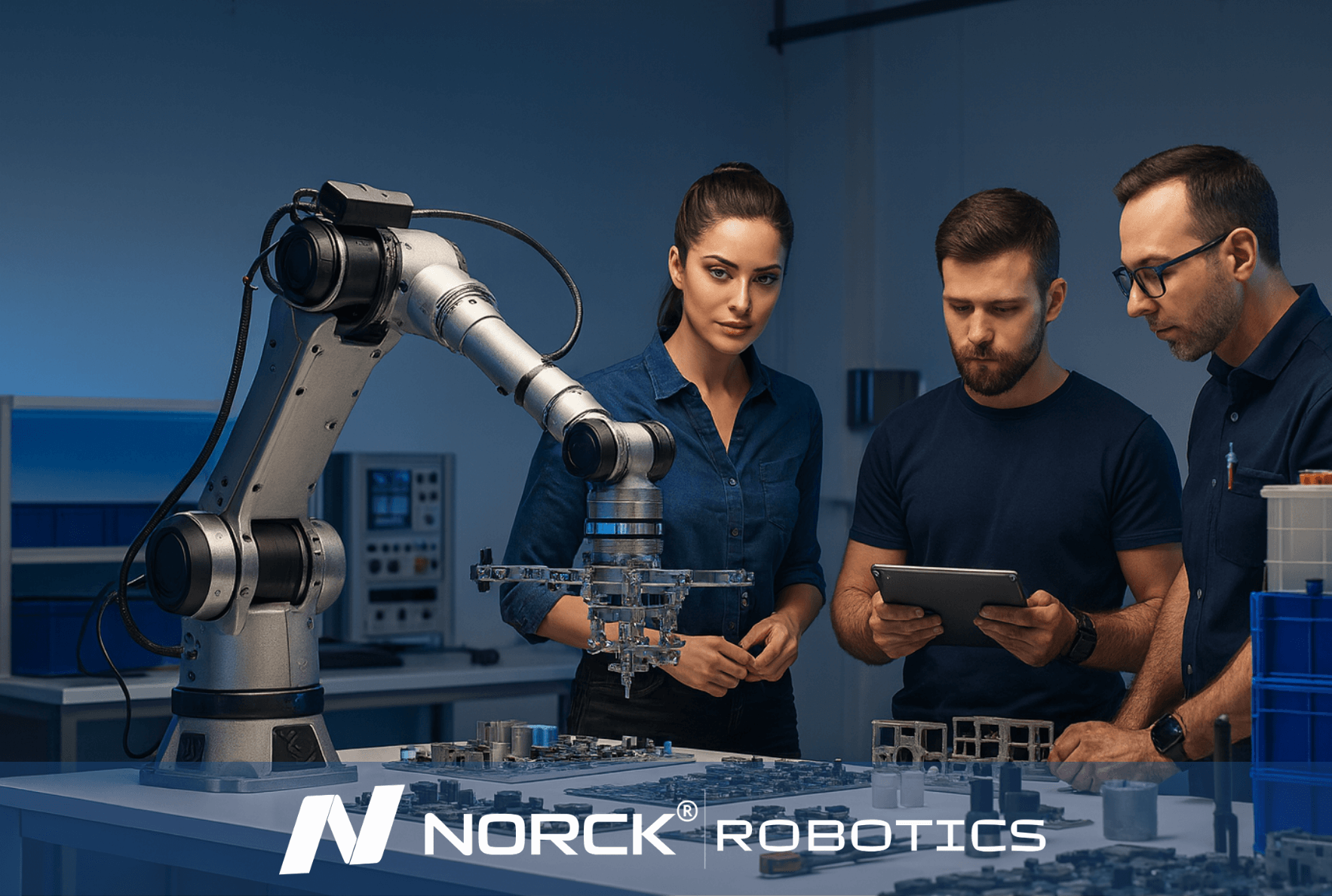
Norck Robotics advances digital automation by developing custom-designed robot grippers, advanced vision systems, and innovative simulation software. With an AI-driven, data-centric approach, it enables smarter system design, optimal performance, and predictive maintenance solutions.
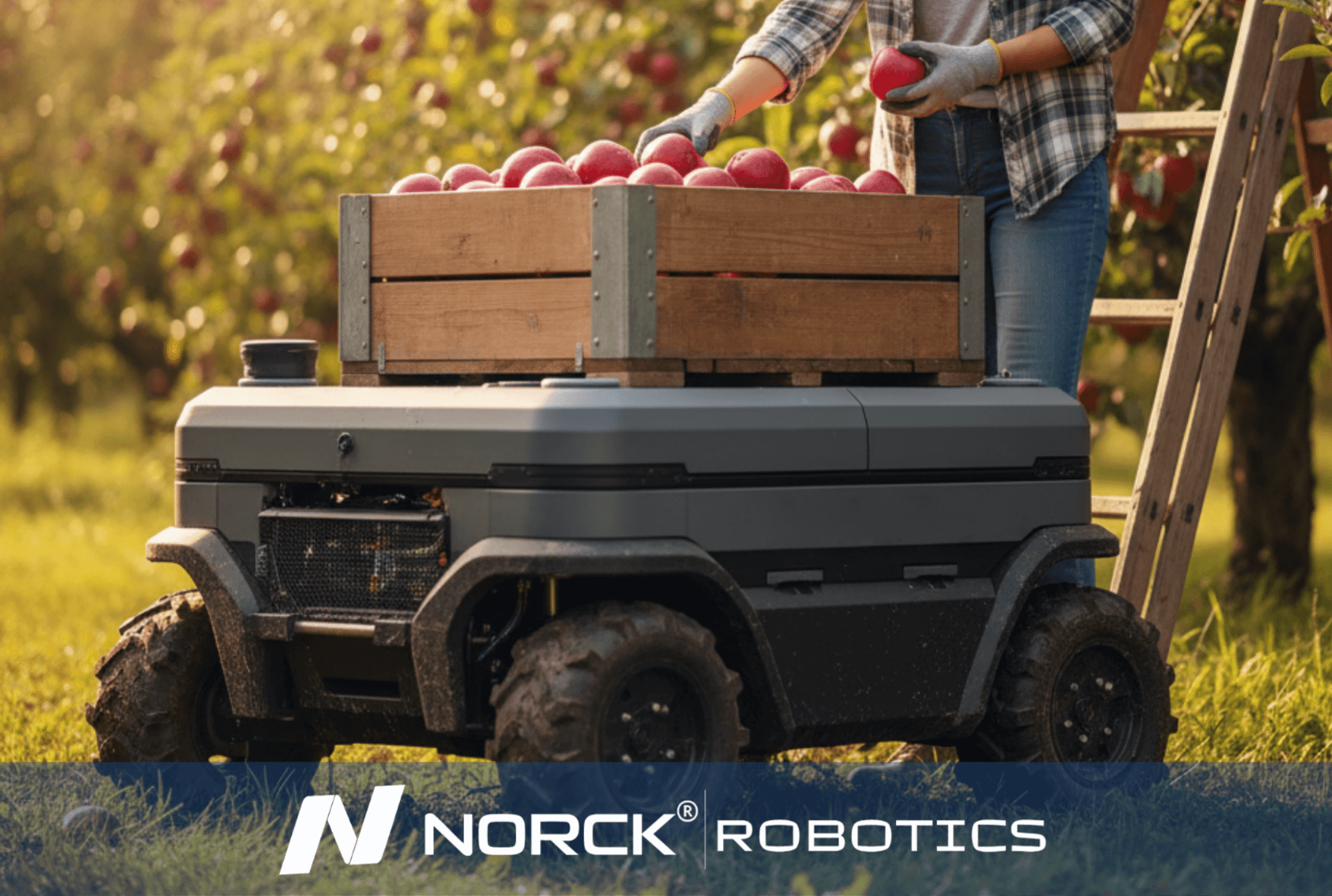
Norck Robotics encourages its partners to be carbon-neutral by reducing energy consumption and material waste through the efficiency of robotic automation, and prioritizes environmentally conscious suppliers.
10–30 mm Ø, < 150 g
50–150 mm Ø, 2–30 kg
10–100 mm, 5–300 N
50–1000 mm, 1–15 kN
Up to 1 µm with fine pitch screw
10–50 µm typical
Surgical tools, camera focus, lab automation
AGVs, palletisers, aircraft flaps
Coreless DC, stepper
Brushless DC, hydraulic, pneumatic
Mini units prioritise footprint and delicacy; macro units prioritise load capacity and rugged housings.
travel distance + safety margin (~10 %).
12 / 24 V DC, 48 V DC, or hydraulic supply; verify current draw and controller compatibility.
cycles per minute; check screw pitch vs motor RPM.
choose ball-screw or linear guide for < 0.02 mm play.
% of time under load; affects motor and screw life.
analogue potentiometer, incremental encoder, or absolute encoder based on system requirements.
dust, wash-down, radiation, temperature extremes.
static + dynamic forces; include 25–50 % safety factor.